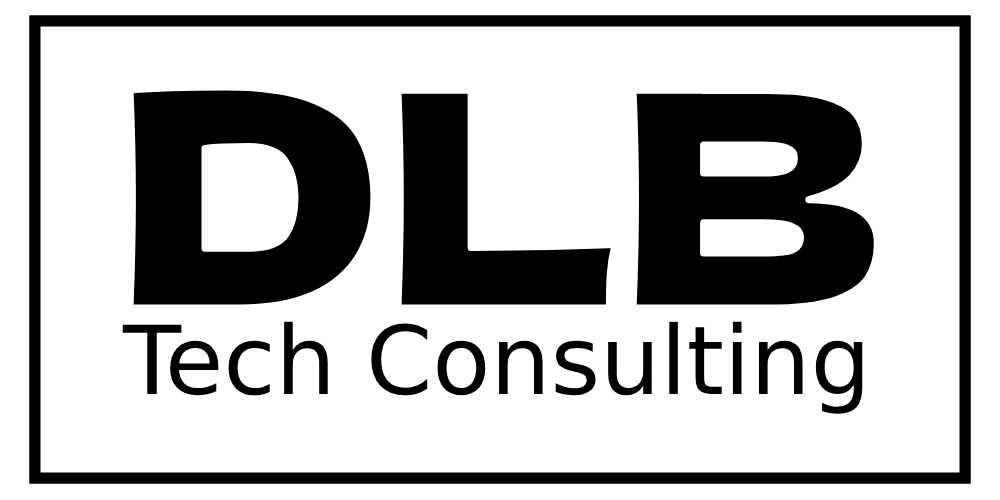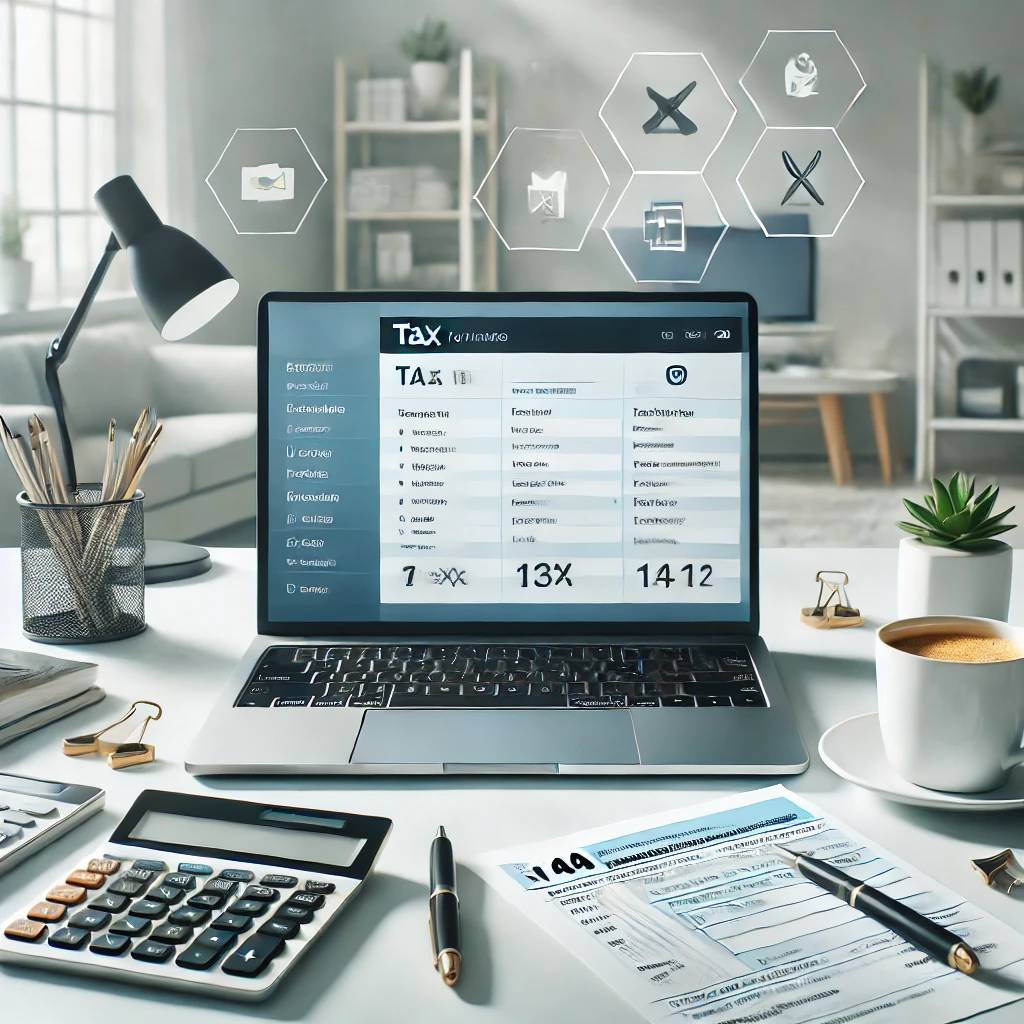Tax season is upon us, and whether you dread it or embrace it, one thing’s for sure: finding the right tax software can make or break your filing experience by saving time, cutting costs, and reducing the risk of errors. The good news? The IRS just dropped a bombshell with its Direct File program—and yes, it’s completely free. But is it worth ditching big-name software for? Let’s dive into the best free and paid tax software for 2025 so you can file with confidence (and maybe even a smile).
Table of Contents
ToggleThe IRS Direct File Program: A Game-Changer
Let’s cut to the chase: the IRS isn’t just about collecting taxes anymore—they’re helping you file them for free, making tax filing more accessible, cost-effective, and secure for everyday taxpayers. The Direct File program is a government-backed tool designed for taxpayers with simple financial situations. It’s like they finally decided to throw us a bone.
What Makes It So Special?
- Price Tag: It’s free. No hidden fees. No pop-ups asking you to “upgrade” to access basic features.
- Ease of Use: The interface is streamlined for federal filings, covering W-2 income, standard deductions, and most common credits.
- State Tax Filing: If you live in one of 25 supported states, Direct File links you to your state’s free filing system. (You lucky Floridians with no state taxes, feel free to gloat.)
The Catch?
- Limited Scope: Gig workers, landlords, or small business owners—this isn’t your playground. Direct File works best for straightforward tax situations.
- DIY Required: Don’t expect live chat with a tax pro or a guided walkthrough. It’s bare-bones, but it gets the job done.
Want to give it a try? Here’s your golden ticket: IRS Direct File Program.
Top Commercial Tax Software for 2025: The Heavy Hitters
If you’ve got a complex tax situation or simply prefer bells, whistles, and a helping hand, these commercial options are worth a look. Here’s the lowdown on the big players:
1. TurboTax: The All-In-One Experience
TurboTax is like the VIP suite of tax software. It stands out with its sleek interface, ability to import W-2s directly, and guided step-by-step deductions that make even complex filings manageable. Plus, its audit support feature gives users peace of mind. It’s sleek, intuitive, and packed with features. From W-2 imports to guided deductions, it makes filing almost fun—almost.
- Pros: User-friendly, excellent for complex filings, and includes audit support.
- Cons: Pricey, with upgrades often necessary for state returns or specialized forms.
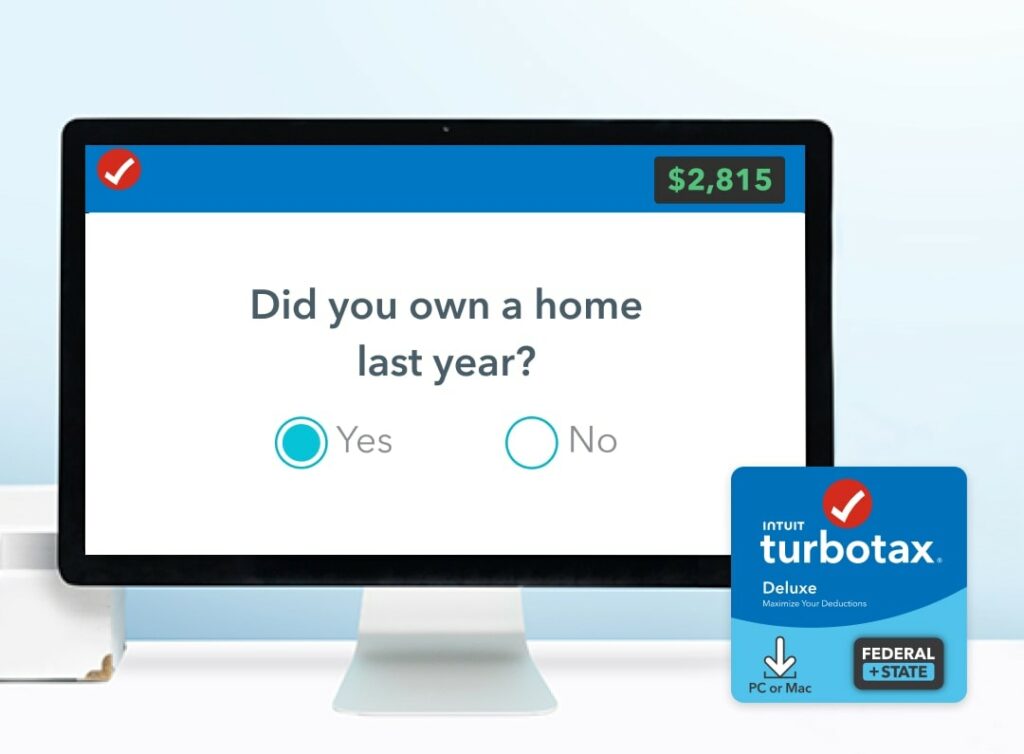
2. H&R Block: A Trusted Name
With H&R Block, you’re not just getting software; you’re getting the option to walk into a local office if things go south.
- Pros: Live support, a mix of free and paid options, and in-person assistance.
- Cons: Slightly less intuitive interface compared to TurboTax.
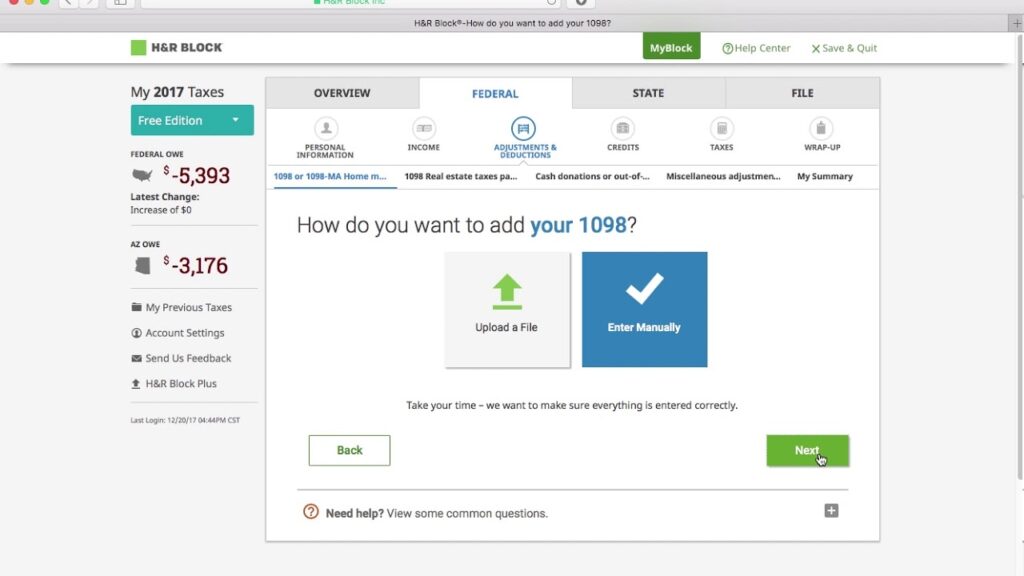
3. TaxSlayer: Budget-Friendly Brilliance
For those who want robust features without breaking the bank, TaxSlayer is a solid contender.
- Pros: Affordable, includes all forms even in lower tiers.
- Cons: Basic interface and fewer frills.
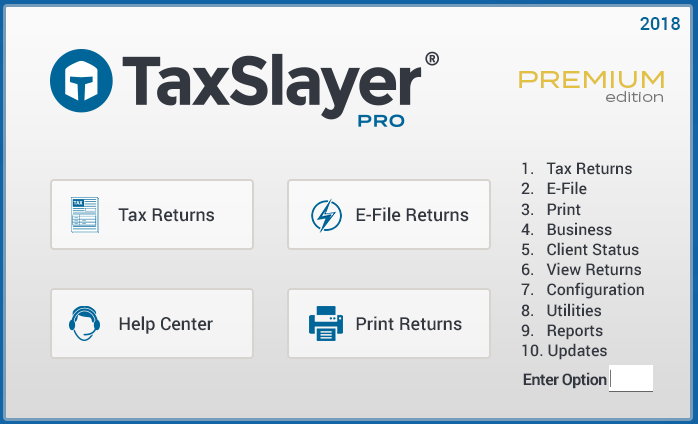
4. Cash App Taxes: Free and Simple
Formerly Credit Karma Tax, this 100% free option is a no-brainer for straightforward filings. While Cash App Taxes offers both federal and state returns for free, it lacks the direct government backing of the IRS Direct File program. If you prefer a polished interface and automated features, Cash App Taxes might be more appealing, but for those who prioritize simplicity and security, the IRS Direct File is hard to beat.
- Pros: Free for both federal and state returns.
- Cons: Limited support and fewer features for complex returns.
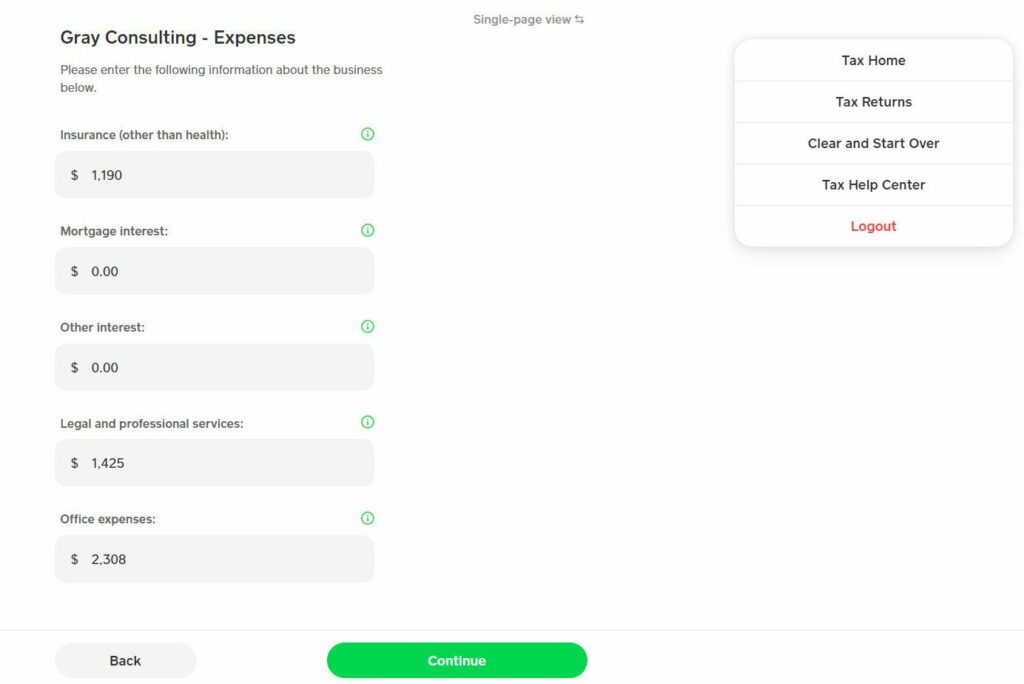
IRS Free vs. Paid Software: Who Wins?
Cost
- IRS Direct File: $0. (Seriously, nothing.)
- Commercial Options: $0-$150+, depending on features and complexity.
Features
- IRS Direct File: Basic but effective for simple situations.
- Paid Software: Guided walkthroughs, live support, and fancy extras like auto-import of documents.
Complexity Handling
- IRS Direct File: Stick to W-2s, basic credits, and deductions.
- Paid Software: Handles rental income, gig work, small business filings, and more.
How to Use IRS Direct File: A Quick Guide
Ready to keep your wallet happy and file for free? Here’s how to use the IRS Direct File program (most users report it takes about 30–45 minutes for a straightforward return):
- Gather Your Documents: Have your W-2s, 1099s, and any relevant tax forms handy.
- Create an Account: Log in at IRS Direct File and follow the prompts.
- Enter Your Info: Input income, deductions, and credits step by step.
- Review & Submit: Double-check your entries (seriously, don’t skip this), then hit “Submit.”
- Celebrate: You just filed your taxes for free. Treat yourself.
Final Verdict: Which Should You Choose?
If your taxes are simple and you’re on a budget, the IRS Direct File program is your best friend. But if you want more handholding, advanced features, or the ability to handle complex returns, commercial software like TurboTax or TaxSlayer might be worth the investment.
Whatever you choose, the key is to file early, file accurately, and maybe even enjoy the process (or at least the refund).
Don’t Forget the Tax Deadline!
No matter which option you choose, remember that the tax filing deadline for most taxpayers is April 15, 2025. Missing the deadline could result in penalties and interest, so set a reminder and file on time to avoid unnecessary stress.
Happy filing!
